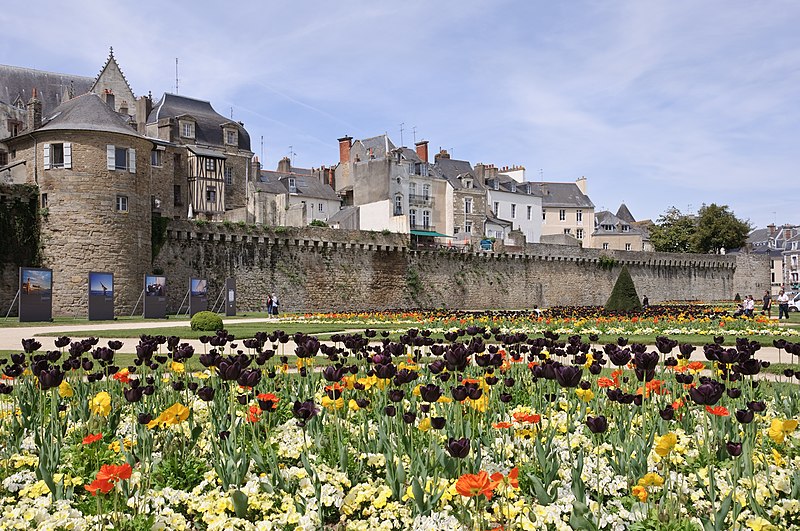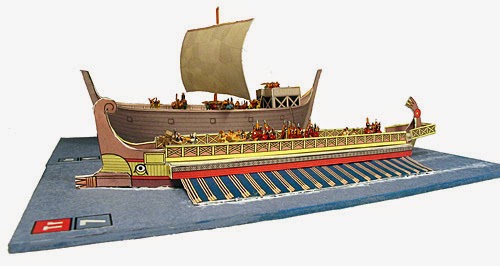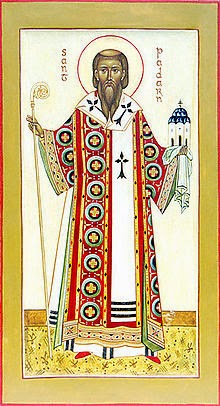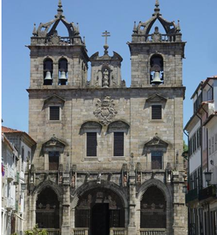 |
| City Walls, Vannes |
Vannes [video] is named after a seafaring, pre-Roman Celtic people called the Veneti (Venetes).
 |
| Pre-Breton Celtic Tribes |
Their ships were sturdily built: with oak hulls and leather sails, and fixed together with nails one-inch thick. Each ship was tough enough to withstand ramming from Roman fleets and with a height advantage that made enemy raids and missile attacks difficult.
 |
| Veneti Ship |
They lived around the Bay of Morbihan, the site of a famous sea battle with the invading Romans.
 |
| Map of the Battle of Morbihan |
Julius Caesar became Governor of Atlantic Gaul in 57 B.C. A year later the Veneti were planning revolt. They took hostages and used their intimate knowledge of the coastal currents and inlets to thwart Roman attacks and threaten Roman defences. In the Battle of Morbihan, however, the Romans used large spear-axes to tear out the Venetes' rigging and pull down masts and sails. These enabled them to secure an advantage, board the Veneti ships and overcome the fleet.
Vannes (pop:52,000) is Saint-Padarn's (Patern/e) city.
 |
| Saint Padarn |
 |
| Church of Saint-Patern/Padarn |
Saint Padarn is also the patron saint of Llanbadarn Fawr in Wales (pop: 2,899), where he was also the first bishop.
 |
| Llanbadarn Fawr Church |
Rumours also place him as a bishop in Braga in northwest Portugal (pop: 118,000),
 |
| Braga Cathedral |
and as a pilgrim in Jerusalem. It was here, it is said, that he acquired the magic tunic which King Arthur tried to steal.
 |
| King Arthur |


Comments
Post a Comment